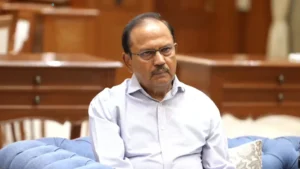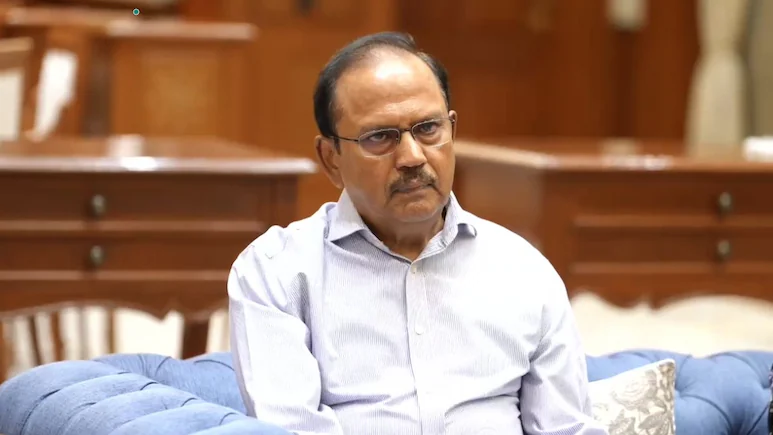National Security Advisor Ajit Doval has publicly rebuked several international news outlets—including The New York Times—for what he calls “misleading and unsubstantiated claims” about India suffering damage during Operation Sindoor. Speaking at the IIT Madras convocation, he issued a direct challenge:
“Show me even one photograph, one image depicting damage in India—not even a cracked window.”
He said foreign media prominently featured satellite images of 13 Pakistani air bases—Sargodha, Chaklala, and others—before and after the operation, but there’s no visual or reported evidence that India sustained any harm.
🎯 Precision of Operation Sindoor
-
Launched on May 7 in response to the April Pahalgam terror attack, Operation Sindoor targeted nine terror campsdeep inside Pakistan and PoK.
-
The mission, lasting just 23 minutes, used indigenously developed arms like BrahMos missiles and advanced radars.
-
Doval emphasized that India hit only the intended targets—firmly dismissing suggestions of any collateral damage within its own territory .
🎙️ Doval’s Key Messages
-
Call for Proof: He demands credible evidence—“even a glass-pane”—to validate foreign media claims.
-
Highlighting Bias: He branded such reporting as biased and factually weak, urging journalists to act responsibly .
-
Emphasis on Indigenous Tech: He underlined the success of India’s self-made weapons—like BrahMos and integrated air control systems—demonstrating capability and precision.
🌐 Why This Matters
-
The controversy highlights India’s growing confidence in its defense capabilities and its insistence on narrative control.
-
It sends a strong message to global news outlets: assert it only if you can prove it.
-
It marks another step in a trend where India actively challenges misinformation on international platforms.

